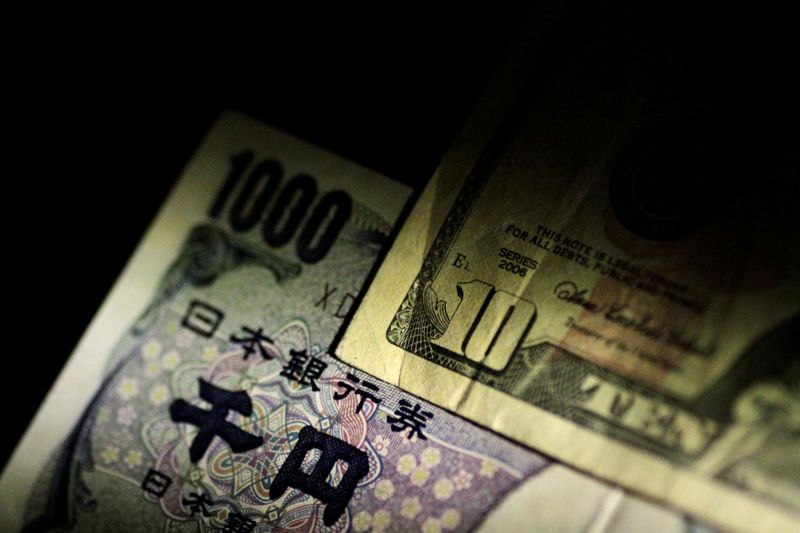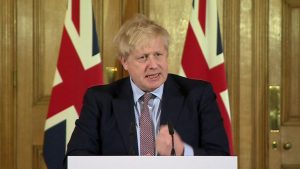Yen, Euro gain on dollar as markets bet Fed will cut rates this month

FILE PHOTO: U.S. Dollar and Japan Yen notes are seen in this June 22, 2017 illustration photo. REUTERS/Thomas White/Illustration
By Administrator_India
The yen and the euro were on the front foot against the dollar on Monday as traders raised their bets of an interest rate cut by the U.S. Federal Reserve this month to shield the economy from the rapid spread of the coronavirus.
As U.S. shares were routed in recent days, Federal Reserve Chair Jerome Powell said on Friday the central bank will “act as appropriate” to support the economy in the face of risks posed by the coronavirus epidemic.
Investors took his comments as a hint that the Fed will cut interest rates by at least 0.25 percentage point at its next scheduled meeting on March 17-18.
There is even increasing chatter of an unscheduled move, with a U.S. bank lobby economist saying a coordinated global interest rate cut by the top central banks could happen as early as on Wednesday.
The expectations around the Fed underscored the speed and scale of the virus’ spread from China through to dozens of countries and the potentially crippling blow to the global economy.
Investors expect the dollar’s yield advantage – a key support for the U.S. currency – to shrink as the European Central Bank and the Bank of Japan are seen as having limited room for further cuts given their rates are already in negative territory.
All the same, highlighting the risks posed by the virus, BOJ Governor Haruhiko Kuroda issued a statement to say the central bank would take necessary steps to stabilise financial markets, helping to curtail the yen’s earlier gains..
The yen last stood little changed at 108.15 to the dollar, having risen to as high as 107.00 in early Monday trade.
The euro rose to one-month highs of $1.1074 and last stood at $1.1050, up 0.3% so far in Asia, after a 1.7% gain last week, the largest in two years.
The safe haven Swiss franc also hit 1-1/2-year high of 0.9610 franc per U.S. dollar on Friday and last stood at 0.9642.
The Australian dollar, often used as a liquid proxy on China, also bounced back to $0.6538, up 0.5% after having hit a 11-year low of $0.64345 on Friday.
Sterling traded little changed at $1.2828, not far from its 4-1/2-month low of $1.2726 hit on Friday and stood near its lowest levels since October against the euro and the yen.







